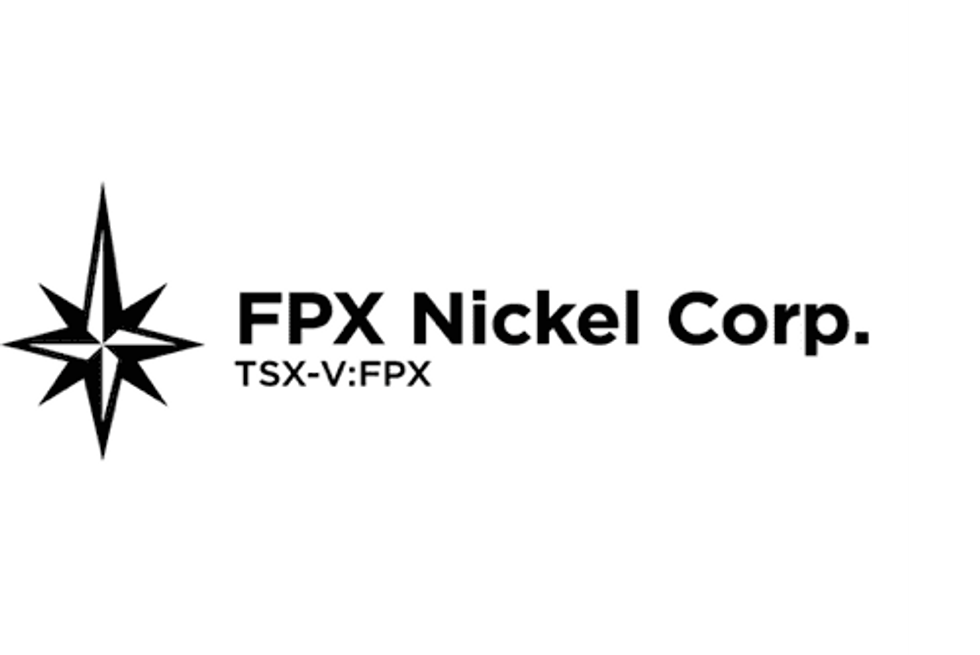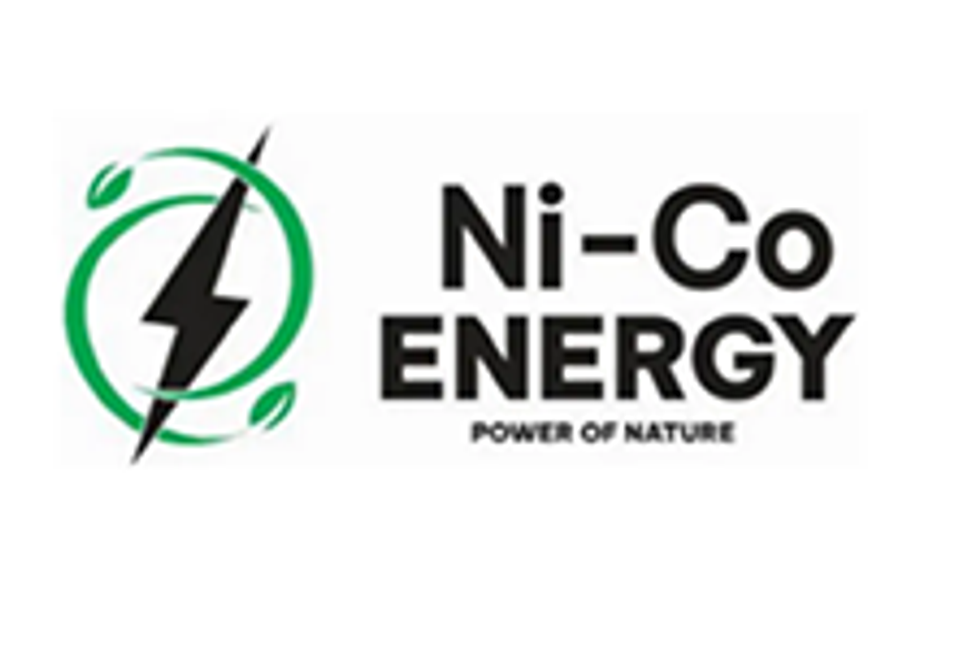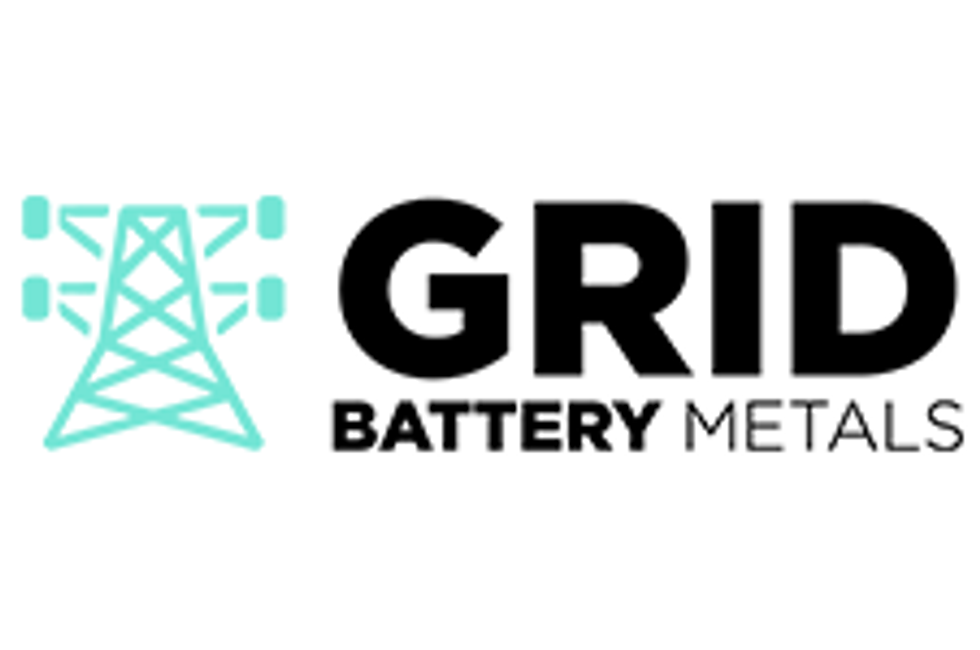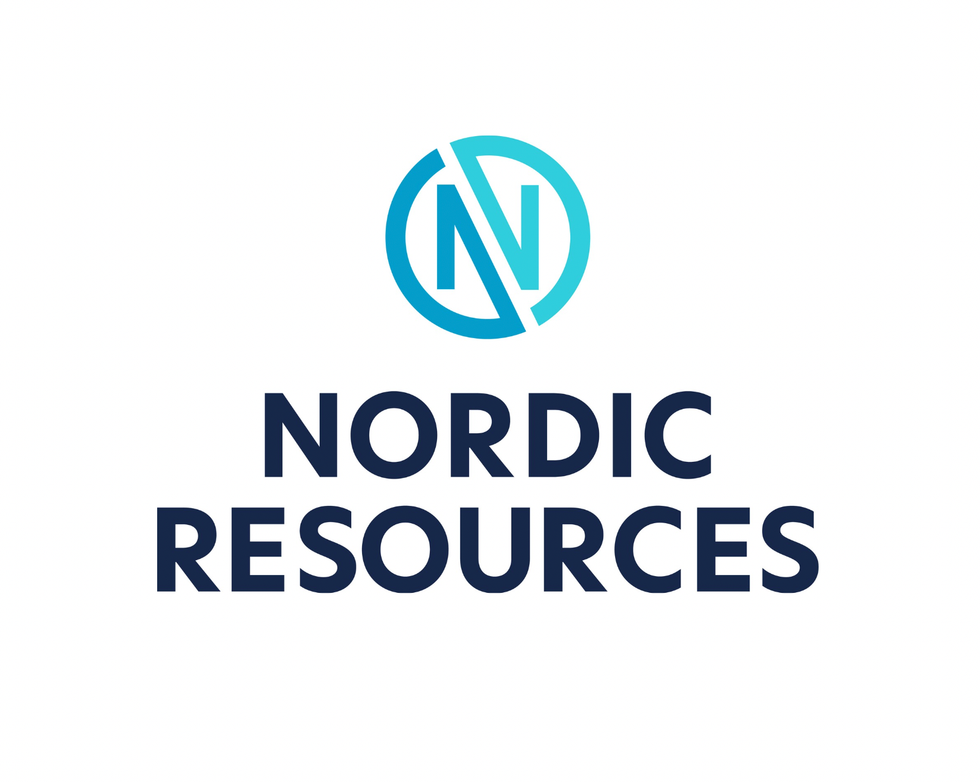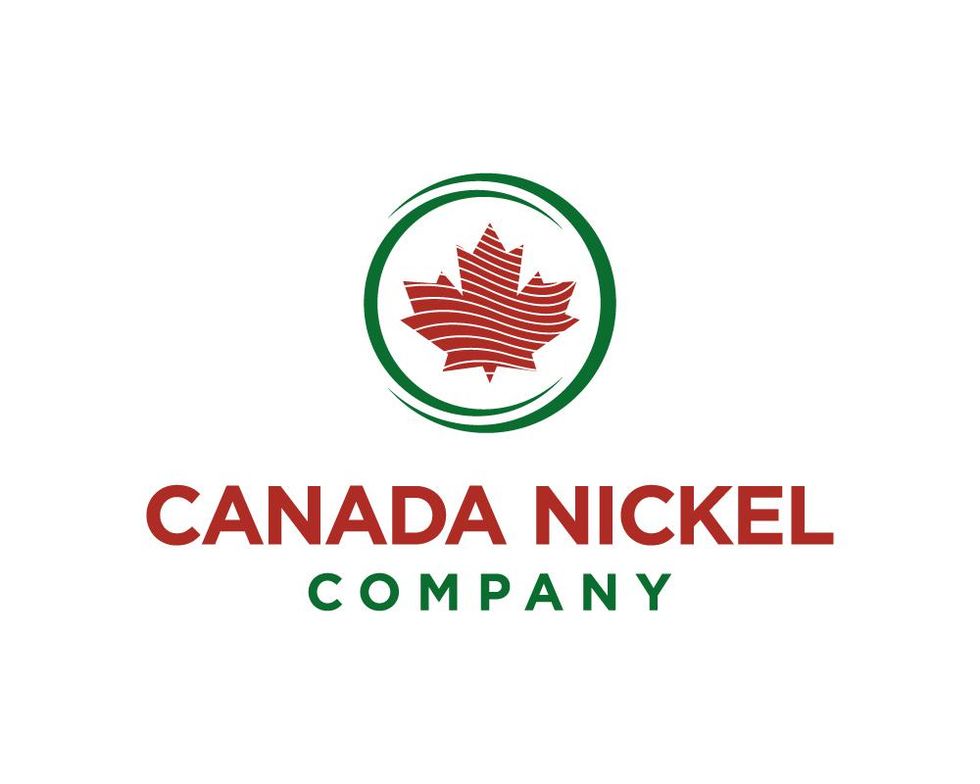Surge in EV Market Drives Demand for High-density Battery Materials
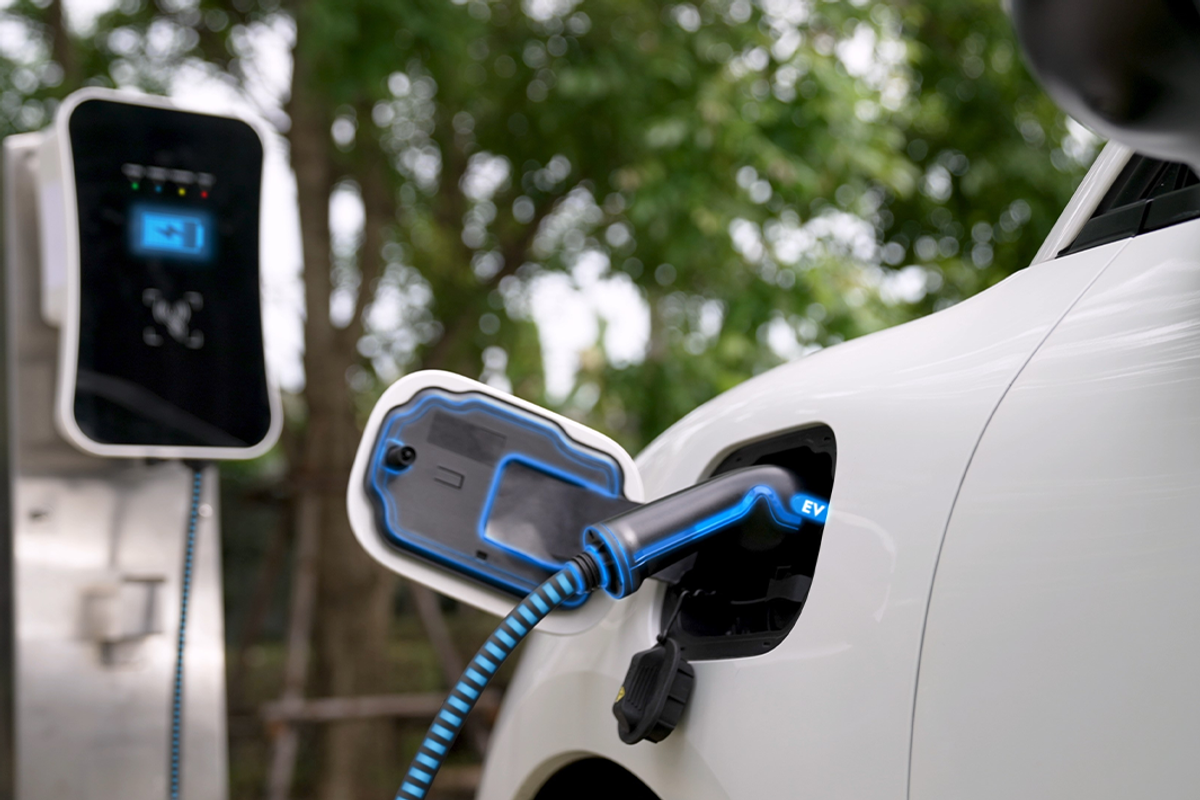
Rising EV adoption is driving demand for higher-density battery materials.
The electric vehicle (EV) sector is growing, spurring the market for battery materials.
As lithium-ion batteries reach their capacity limit, demand is expanding for other raw materials to manufacture high-density batteries, particularly nickel. This metal boasts a wide range of physical properties that make it ideal for the green energy market — plus it’s an affordable component looked to for next-generation as well as existing products.
Demand for nickel for use in EVs is expected to increase tenfold from 2019 to 2030. Since nickel is also used to generate geothermal energy, hydrogen, hydro, wind and solar power, it’s emerging as a key component in green energy.
EVs driving upwards
As product offerings expand and charging infrastructure improves, consumers’ hesitation is waning and people are buying EVs in ever-increasing numbers. The first half of 2023 saw a 49 percent increase in global sales, reaching 6.2 million units. By 2030, global sales are expected to hit 40 million units.
Many jurisdictions support the move to EVs. In the U.S., for instance, a slate of federal legislation enables the growth of the industry, including tax credits. All new cars and vans sold in the EU must be zero emission as of 2035.
However, the current generation of lithium-ion batteries used for EVs — as well as mobile phones, laptops and just about every other commercial battery-driven product — have their limits. Research efforts across sectors are developing lighter, longer lasting and more efficient batteries.
Next-generation high-density batteries will require a larger array of raw materials, resulting in increased demand.
Why high density?
While lithium-ion batteries have proven themselves a workhorse for consumer products, batteries with a higher energy density can store more energy by weight. Researchers in academia and industry are trying to increase the energy density of lithium-ion batteries, and find alternative materials to make batteries that can contain more energy in smaller and lighter forms.
Currently, EVs weigh about 30 percent more than gas-powered cars — the battery itself weighs an average of 1,000 pounds — increasing the wear-and-tear on roads, bridges and parking garages, and making them more dangerous in collisions.
In the consumer device market, the size and weight of batteries limits the functionality of laptops and smartphones.
Industrial use of batteries, including the potential for battery-powered aircraft, will expand as the weight of batteries decreases.
Nickel’s potential
Once primarily used to make alloys, nickel is now a standard material in the sustainable energy sector.
The global nickel market was $14.61 billion in 2023 and is expected to grow to $44.59 billion in 2024.
As a battery material, nickel can deliver high energy density and storage capacity at a low cost. In fact, it has roughly twice the energy density of other materials, supporting higher voltages and storage capacities, but also offering stability. It’s already an ingredient in most lithium-ion batteries used in EVs.
Because of its use in the sustainable energy sector, nickel’s price has seen increased demand and prices since 2017 — but price fluctuations are common. The average monthly price per tonne was US$18,465 in 2021 and US$25,834 in 2022.
It hit a nine month high of $21,615 per tonne in May 2024 and now sells for under $18,000 per tonne.
Nickel’s limitations
Nickel is mined in over 25 countries. In 2022, world reserves were estimated to be more than 102 million tonnes, with large known reserves in Indonesia, Australia and Brazil.
While there are ample worldwide reserves and nickel remains an affordable raw material, mining can involve challenges.
A handful of nations control the most plentiful nickel reserves, and that has spurred geopolitical wrangling. As the U.S. and China have endeavoured to secure supply lines for EV materials for themselves while warding off others, they have inked partnership around mining and processing with resource-rich nations.
That includes Indonesia, the largest producer of nickel in the world, which has threatened to ban the export of raw or refined nickel, requiring any finished product manufacturing to happen locally. Meanwhile, the country has fewer environmental rules, which can clash with regulations from importing nations and shareholders.
Other top producers include the Philippines, which has been partnering with the US, allegedly to prevent China from gaining access to its reserves. New Caledonia, a French island territory, is dealing with considerable civil unrest that has disrupted mining operations. Russia is also a major holder of nickel reserves.
Meanwhile, mining nickel ecan bnvironmentally intensive, with concerns around water pollution while smelting emits high amounts of greenhouse gases. Technological advances are helping lead to, for instance, cleaner extracting processes.
Promising reserves
Some nickel projects in development offer appealing investment opportunities in stable, democratic jurisdictions with strong environment controls.
Australia is a major player in the sector with 36 mines in operation and a number of promising new sites in development. That includes Australian Mines’ (ASX:AUZ,OTC Pink:AMSLF) Sconi cobalt-nickel scandium project, expected to be in commission in 2028, with 33.89 megatonnes of reserves. Nico Resources (ASX:NCI,OTC Pink:NICOF) is developing the Wingellina nickel-cobalt project, which has reserves of 2 megatonnes of nickel.
Canada is the sixth largest producer of nickel in the world with existing mines largely run by two major players, Vale (NYSE:VALE) and Glencore (LSE:GLEN,OTC:GLNCF). However, more of its in-development mines are run by a larger array of companies with appeal to investors.
The Baptiste nickel project in British Columbia, run by FPX Nickel (TSXV:FPX,OTCQB:FPOCF) purports to be a low-carbon mine with a plan to mine 59,100 tonnes of nickel a year over 29 years.
Ramp Metals (TSXV:RAMP) has three properties covering 40,000 hectares in Saskatchewan that are in exploration mode. Most notably, Rottenstone SW has an eye structure believed to be a major feeder chamber for the regional system that previously supported the Rottenstone Mine. The project’s geology bears striking similarities with the Nova-Bollinger nickel-copper mine in Australia previously owned by Sirius Resources and was eventually sold for AU$1.8 billion. Partial results from the company’s winter geo sampling intercepted multiple zones of gold mineralization, with more results pending.
Investor takeaway
While the price of nickel can fluctuate, the value should continue to climb over time. It’s a reliable ingredient in a wide array of green energy projects, and is a material still looked to for next-generation batteries and other products.
Projects in stable jurisdictions that have continued access to resources, plus follow environmental ethics that appeal to investors, should offer an appealing way to get involved in the sector.
By Diane Peters
Diane Peters is a freelance writer based in Ontario.
This INNSpired article was written as part of an advertising campaign for a company that is no longer a client of INN. This INNSpired article provides information which was sourced by INN, written according to INN's editorial standards, in order to help investors learn more about the company. The company’s campaign fees paid for INN to create and update this INNSpired article. INN does not provide investment advice and the information on this profile should not be considered a recommendation to buy or sell any security. INN does not endorse or recommend the business, products, services or securities of any company profiled. If your company would benefit from being associated with INN's trusted news and education for investors, please contact us.
